- Automobil
- Aston Martin
- Aston Martin DB 4 (15 Angebote)
Aston Martin DB 4 Oldtimer kaufen
Der Aston Martin DB 4 ist der direkte Nachfolger des Aston Martin DB Mark III und wurde von 1958 bis 1963 angeboten. Insgesamt wurden 1.185 DB 4 Modelle hergestellt.
Die Geschichte des DB 4
Der Motor des Aston Martin DB 4 wurde von Tadek Marek entworfen und verfügte über 3.670 cm³ Hubraum, einen Aluminium-Motorblock und -Zylinderkopf sowie zwei Nockenwellen. Es handelte sich um einen 6-Zylinder-Reihenmotor. Je nach Ausführung verfügte der DB 4 über einen 3,7-3,8 Liter-Motor mit einer Leistung von 176-222 kW. An allen vier Rädern waren Scheibenbremsen verbaut. Die anfänglichen Dunlop-Versionen wurden später durch Girling-Exemplare ersetzt. Über ein vollsynchronisiertes Getriebe und eine trockene Zweischeiben-Kupplung wurde die Kraft auf die starre Hinterachse übertragen. Die Vorderräder waren jeweils einzeln aufgehängt und mit einer Zahnstangen-Lenkung versehen. Als der DB 4 im Jahr 1958 auf der London Motor Show präsentiert wurde, war das Fahrzeug eine Sensation. Die extrem leichte Superleggera-Karosserie aus Aluminium war von Carrozzeria Touring in Mailand entworfen worden. Das Fahrzeug selbst wurde in Newport Pagnell gebaut. Insgesamt wurden fünf verschiedene Serien des DB4 hergestellt, die sich maßgeblich in der Optik der Fahrzeuge abzeichneten. Zu den auffälligsten Änderungen gegenüber dem ursprünglichen DB4 gehören die neuen Fensterrahmen der Serie II, die Einführung eines Kühlergrills mit Querstreben, statt der bisher verwendeten Waben, sowie ab 1962 die längere und höhere Karosserie der Serie V. Die Fahrzeugfront der Serie V war aerodynamisch geformt und wurde beim Nachfolgemodell, dem DB 5, übernommen. Ab 1962 wurde auch eine Cabriolet-Version des DB 4 eingeführt, die populärer war, als die extrem seltene Version mit Hardtop. 70 DB 4-Cabriolets wurden insgesamt hergestellt.
Der Aston Martin DB4 GT
Im Jahr 1959 wurde eine besonders leichte und leistungsstarke Version des DB 4 eingeführt, der DB 4 GT. Um Gewicht zu sparen, wurde eine dünnere Aluminium-Karosserie verbaut, andere Scheinwerfer benutzt und einige Autos wurden ohne Rücksitze ausgeliefert. Die eigentliche Besonderheit des DB 4 GTs stellte allerdings der leistungsstarke Motor dar, der mit 3.670 und 3.750 cm³ Hubraum ausgeliefert wurde. Er verfügte über eine Doppelzündung, zwei Verteiler und drei Weber-Vergaser mit doppeltem Choke. Der angepasste Zylinderkopf schaffte eine Verdichtung von 9:1, die eine Leistung von 302 bhp (222 kW) zur Folge hatte und den Wagen auf bis zu 246 km/h beschleunigte. Insgesamt wurden nur 75 Exemplare des DB4 GTs hergestellt. Ab 1963 wurde der DB 4 vom Nachfolgemodell DB5 abgelöst.
Suchergebnisse
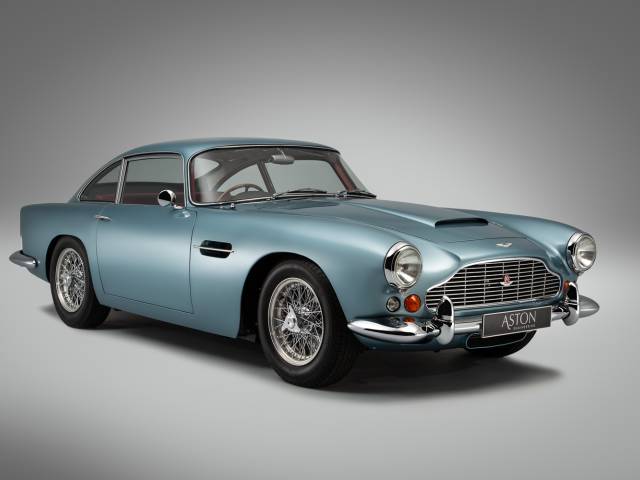
1962 | Aston Martin DB 4 Vantage
Ultimate specification DB4
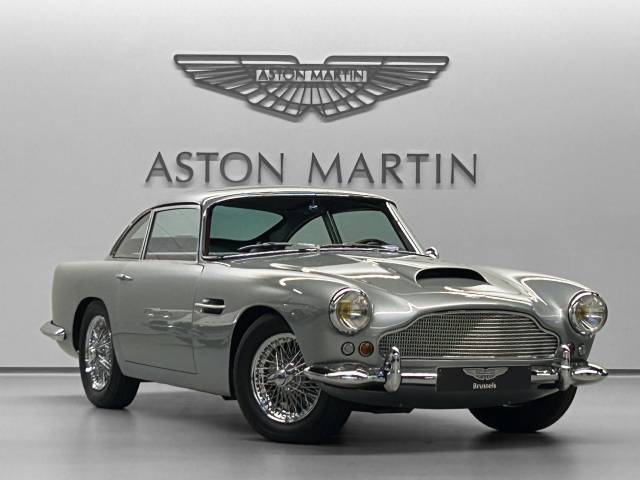
1960 | Aston Martin DB 4
DB4 | Aston Martin Brussels
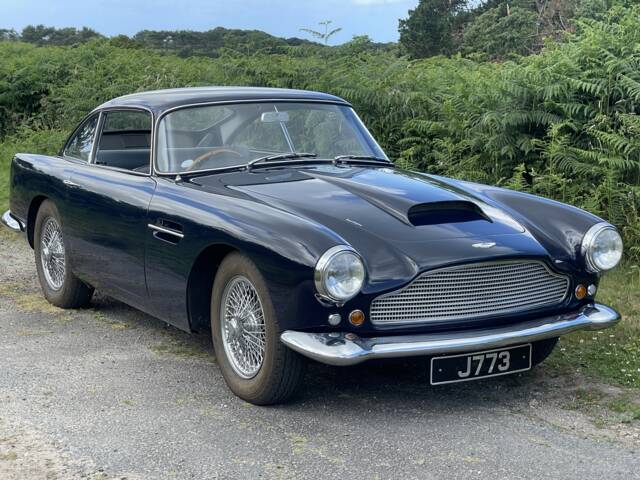
1959 | Aston Martin DB 4
Series I
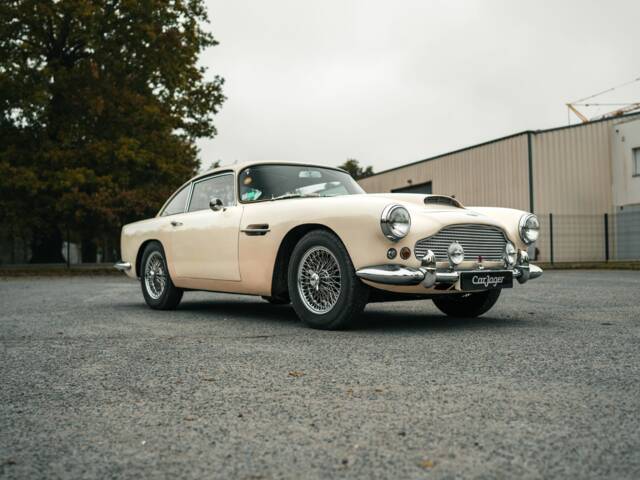
1961 | Aston Martin DB 4
Aston Martin DB4 MK2 1961 - Kit Vantage - Garantie 12 mois
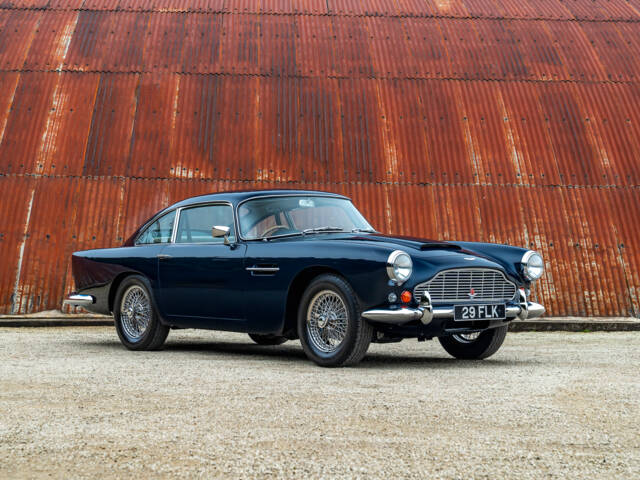
1963 | Aston Martin DB 4
Previously owned by Aston Martin chairman Victor Gauntlett
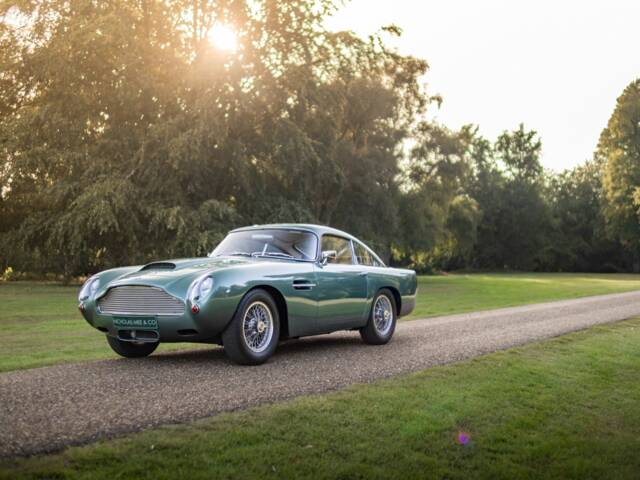
1961 | Aston Martin DB 4 GT
Aston Martin DB4 GT
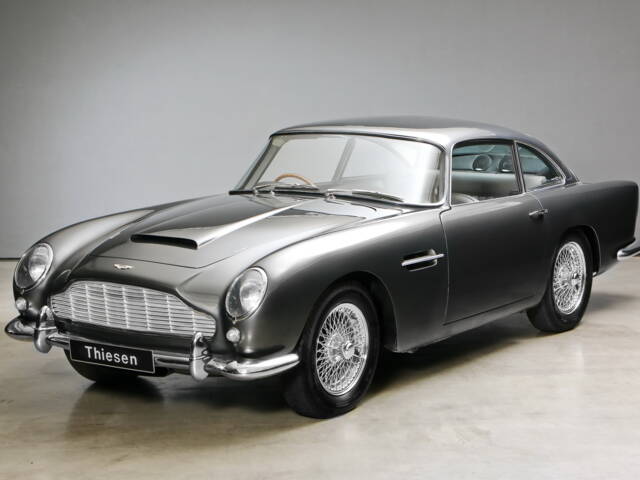
1963 | Aston Martin DB 4 Vantage
DB 4 Serie V Vantage
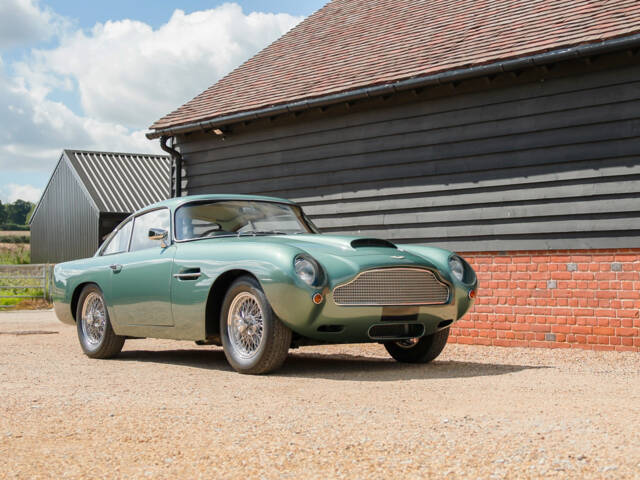
1961 | Aston Martin DB 4 GT
1961 ASTON MARTIN DB4 GT
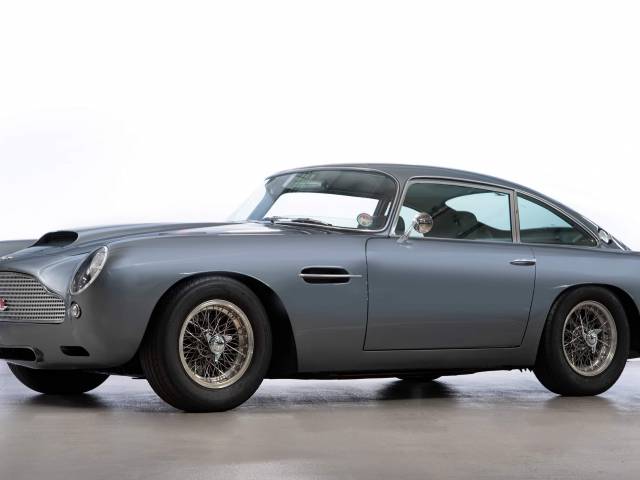
1961 | Aston Martin DB 4
Series 2 with DB4 GT mechanical and cosmetic upgrades
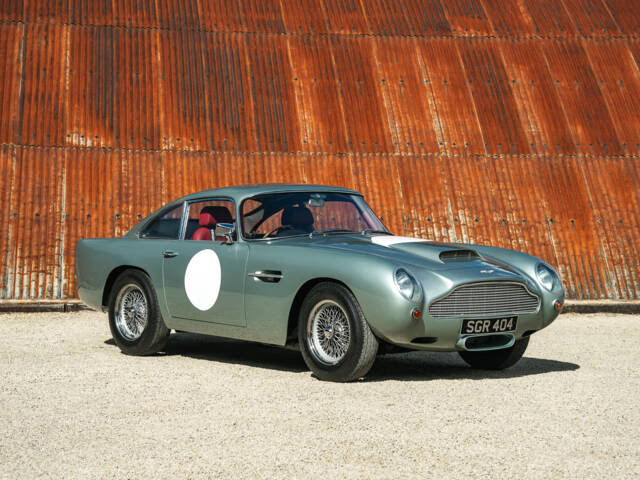
1962 | Aston Martin DB 4
DB4 Series IV restored to GT Specification with 4.7 RSW Engine
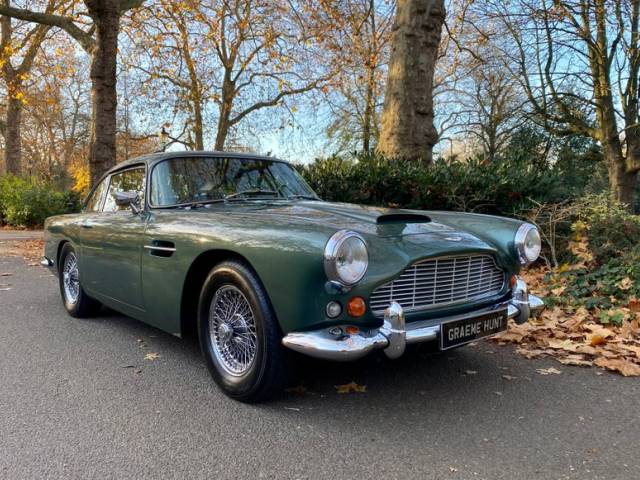
1963 | Aston Martin DB 4
1963 Aston Martin DB4 Series V
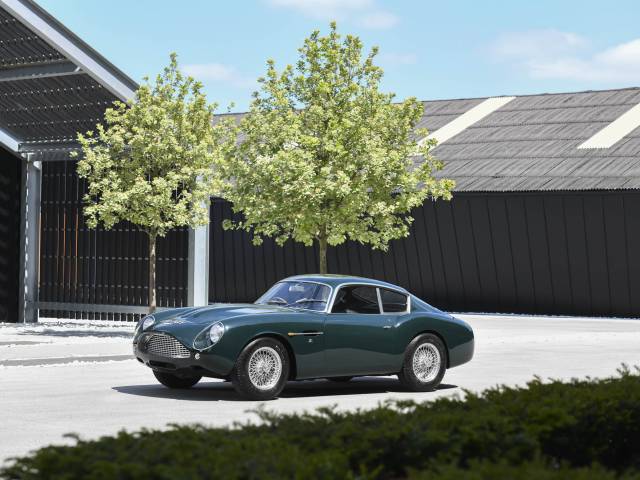
1961 | Aston Martin DB 4 GT Zagato
1961 ASTON MARTIN DB4 GT ZAGATO - DELIVERED NEW TO SIR MAX AITKEN IN GOODWOOD
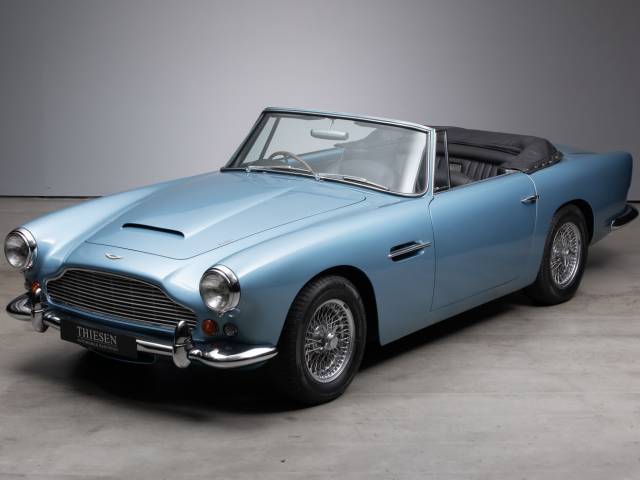
1963 | Aston Martin DB 4 Convertible Vantage
DB 4 Serie V Convertible Vantage
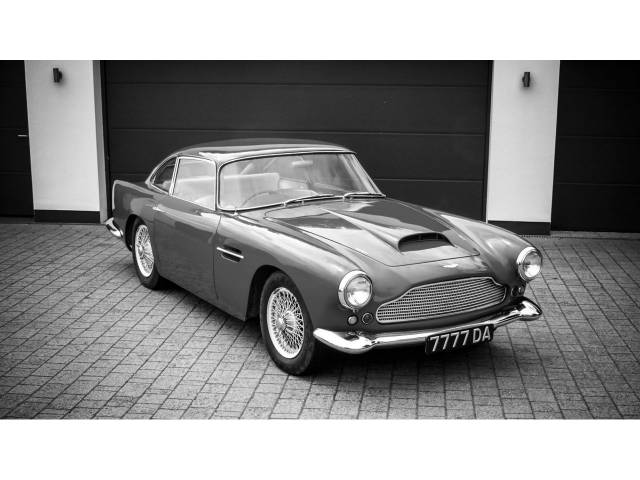
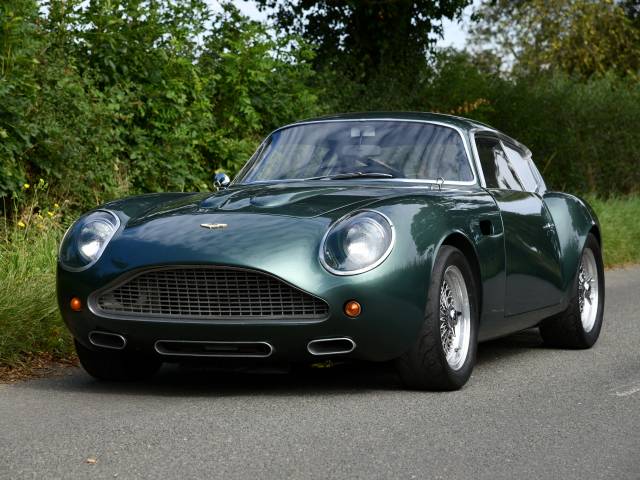
1960 | Aston Martin DB 4 GT Zagato
Aston Martin DB4 GT Zagato Race Car